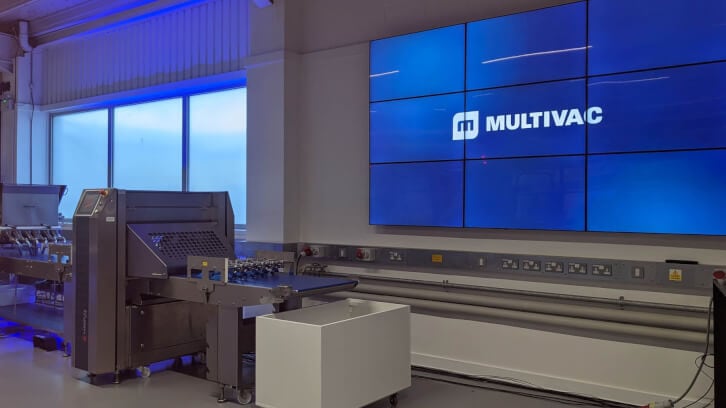The Covid pandemic saw food producers stockpiling packaging materials to ensure they could meet demand, as supply chain uncertainty increased. Three years on, things have changed significantly.
Today, food producers are operating with much lower stock levels of packaging materials than pre-pandemic, and many are adopting a just-in-time approach to ease cashflow and improve operating efficiencies.
Macro challenges for industry
Coming out of the ‘Covid years’, we are yet again in another season of fast-moving change. Global inflation, the conflict in Ukraine and spiralling energy costs have caused every company to look at their operations and make adjustments. As a result of inflation, food and packaging providers alike are focused on delivering solutions that meet a tightening value proposition, whilst still maintaining expected levels of quality, safety, convenience and shelf-life extension.
Brands are increasingly having to build social and environmental capital and this is also impacting the type of materials chosen for use in existing and new packaging alike. Legislation around PFAS, EPR and plastics also looks set to place increased cost pressures on producers.
According to research from WRAP, over 60% of consumers think businesses should be trying to do more to help them reduce their impact on climate change. As a result of this consumer and legislative demand, it is no surprise that sustainable packaging is also on the rise, with the global market predicted to grow at a CAGR of 8.5% during the forecast period of 2023 to 2031.1
Supply chain pressures
To respond to all of these challenges, food producers are yet again having to look at operations and make adjustments.
Supply chains, that saw such pressure following the pandemic and subsequent logistics disruption, have continued to experience challenges as demand for energy, labour and transport has placed continued pressure on cross-border logistics and just-in-time deliveries. This has led to some food producers looking for suppliers closer to home and others building on their supplier partnerships and reviewing sourcing strategies.
When it comes to packaging, here at Selig Group we are noticing that many food producers are navigating inflationary challenges by streamlining operations and bringing in just-in-time packaging supply processes.
Whereas before they would have held significant stock of key items, they are now moving towards using us as the stock holder. In turn, this has caused Selig to review its production processes, to ensure we can accommodate these changing demands. For example, when it comes to the lead times for production of key foam and liner products, these have been halved in our French production facility for foam products and reduced in our US and UK sites.
Just-in-time packaging
Under a just-in-time agreement, the packaging provider maintains stockholding of the customers' products and delivers them to the site as needed. There are advantages and disadvantages to food producers signing such contracts with packaging suppliers. The primary benefits of just-in-time for food producers include a reduced cost for warehousing requirements for the packaging and less cashflow tied up in stock. And, when the packaging inventory is well managed, just-in-time offers a streamlined approach to stock holding and ordering.
Obviously, this system has disadvantages too and these need to be mitigated when working with a packaging supplier.
Questions to ask a supplier include how they will cope with a sudden increase in demand and, as we have seen over recent years, what their stockholding and raw material sourcing policies are, to mitigate the risk of exceptional events.
Just-in-time also requires increased investment in additional IT infrastructure and robust forecasting and planning systems. Moreover, there is a need for the food producer to consistently monitor usage and emerging patterns, rather than basing planning on the expectation of demand being the same as last year. Alongside this, a good packaging supplier will need to monitor demand and supply from their side, highlight any potential issues and offer advice.
Just-in-time strategies can deliver significant cost-efficiencies but their success relies heavily on the infrastructure put in place, the level of communication and expertise of the teams throughout the supply chain and the packaging supplier that is chosen.
Food price inflation is predicted to slow gradually over the rest of the year and into next, but price levels are not expected to fall significantly in the short- to medium term, so food producers will continue to look to make savings where they can. With just-in-time packaging offering potential cost savings, it looks like a growing trend that is here to stay.
References
- The "Sustainable Packaging Market Size, Market Share, Application Analysis, Regional Outlook, Growth Trends, Key Players, Competitive Strategies and Forecasts, 2023 To 2031", ResearchAndMarkets.com




